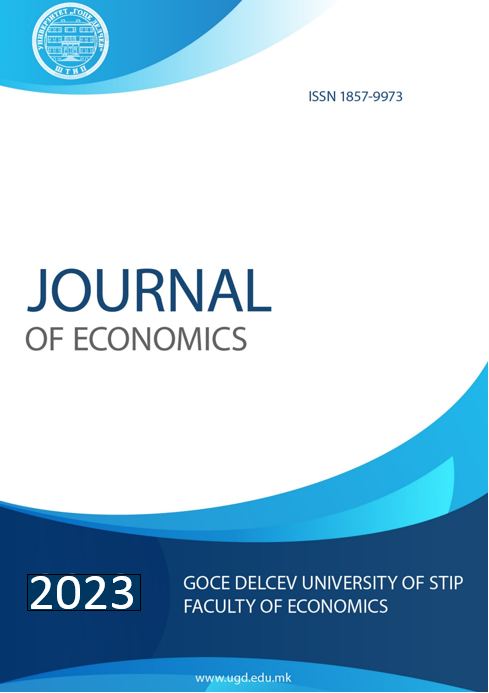Mass media usage from emerging adults in times of crisis: evidence from the COVID-19 pandemic
DOI:
https://doi.org/10.46763/JOE2381068jaKeywords:
mass media, emerging adults, communication, crisis, covid pandemicAbstract
The objective of this research paper is to investigate the media consumption habits of emerging adults during the Covid-19 crisis, with a particular focus on traditional media. A Google Search survey was conducted, in which 284 respondents participated. The survey aimed to gather information on various aspects of their media consumption, such as demographic information, previous experience with mass media communication, frequency of usage of different mass media, perception of the significance of mass media, and perception of TV as a mass medium on several topics. The results of the study indicated that TV was the most frequently used medium among the respondents, given its importance in disseminating information and their previous experience with it. Radio was the second most popular medium, followed by print media. However, a closer examination of the TV data revealed that only 4.6% of the respondents completely agreed that TV messages were a good source of information, and only 8.5% had complete trust in the credibility of the information provided on TV. Additionally, only 5.3% of the respondents had a completely positive attitude towards the TV. In summary, although TV was the preferred medium compared to radio and print media, emerging adults did not have a wholly positive attitude towards TV, nor did they perceive it as a reliable source of information.


